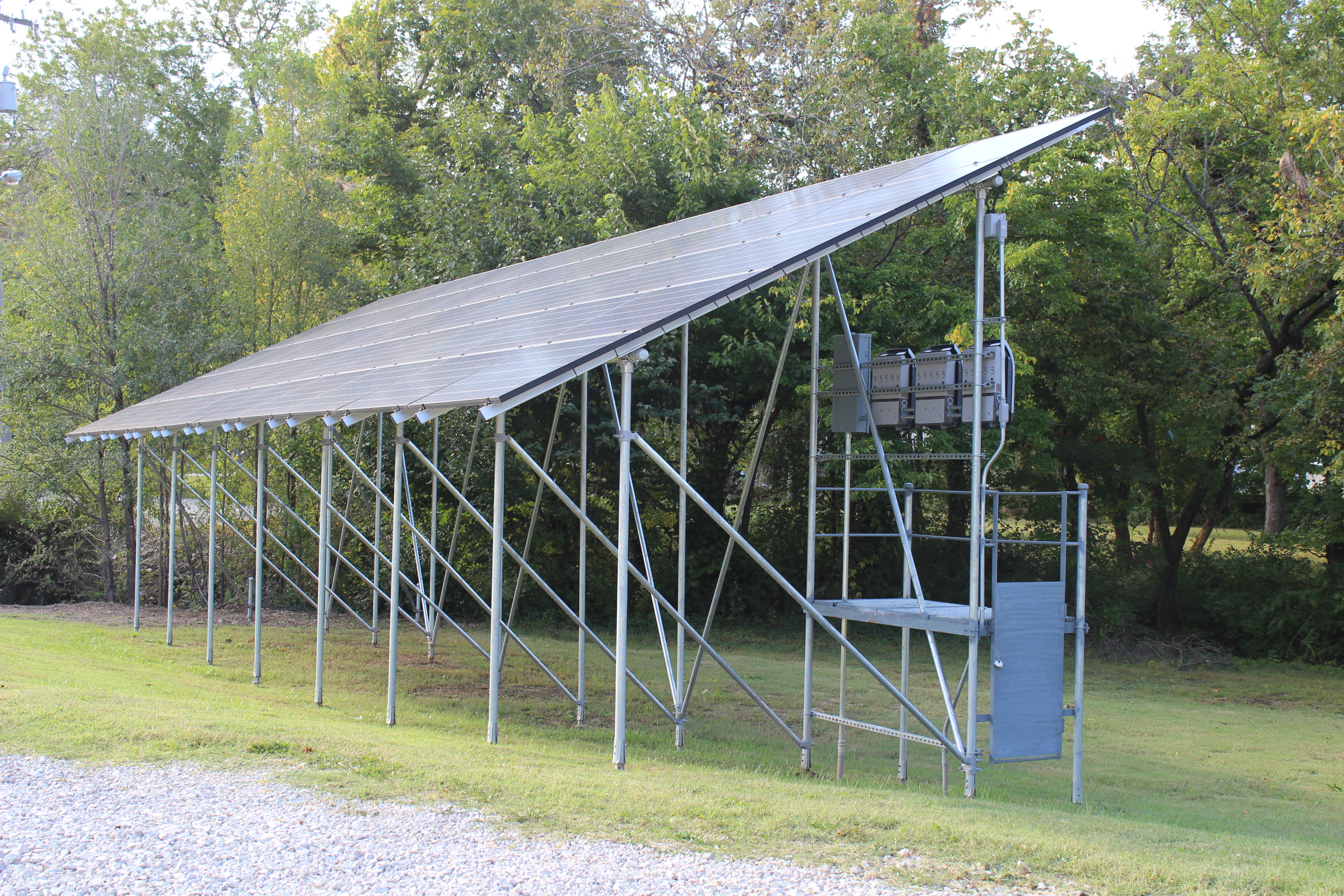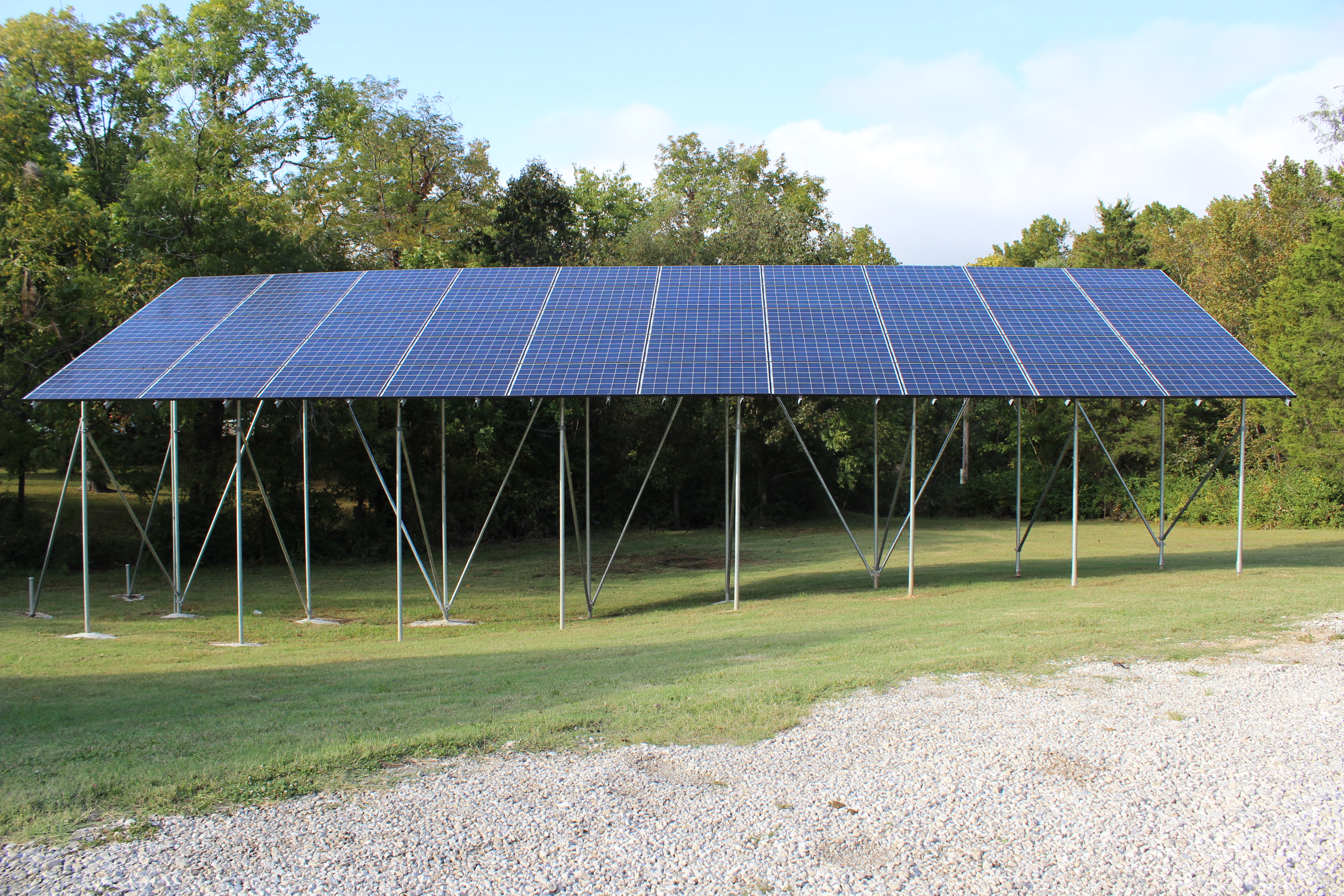Anchoring in Rocky Conditions
September 15, 2021
All of our Penetrator, Arrowhead, and Bullet anchors can work in rocky soil and have been field tested in conditions ranging from hardpan asphalt to uncompacted fill. Our Load Capacity information serves as the best guide for selecting an anchor based on pull-out strength. Here are some installation tips.
Gravel/Crushed Stone
When installing anchors through gravel or crushed stone (e.g., driveway or landscape gravel) you will want the anchor installed below the gravel. So if you have 2" of gravel while installing a 10" Penetrator anchor, only 8" of the anchor will actually be biting in to the soil, which impacts the calculation for holding power.
Very Rocky Soil
You can use our earth anchors in conjunction with other anchoring options for very rocky conditions where our products may not be an option. (Note: our anchors will NOT work in solid rock as the threads of the anchors need earth to "bite" into.) A solar company installed our anchors on 11 out of 18 legs of a ground-mounted solar rack and then placed concrete for the 7 remaining legs to be secured on top of huge rocks.
Pre-Drilling Benefits
Pre-drilling pilot holes for anchors prior to installation can alert you to large rocks in the earth if you are unsure how rocky it is underneath the topsoil. Depending on the soil type, anchors can actually "push aside" rocks (up to softball/grapefruit sized) during the installation process.
NOTE: Our anchors will NOT work in solid rock as they need earth to "bite" into.







